The AAA program launched into their 2018 season with overnight research flights.
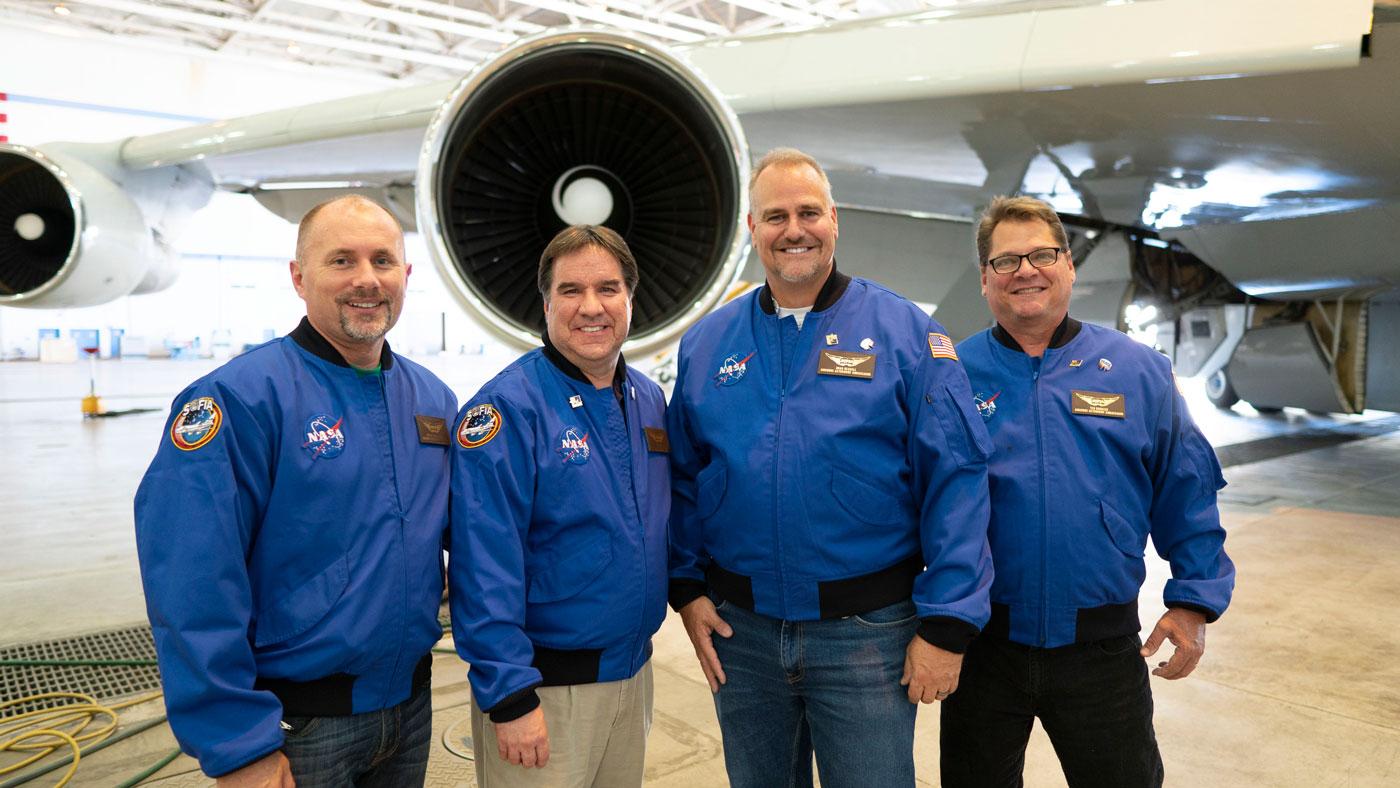
The SETI Institute’s NASA Airborne Astronomy Ambassadors (AAA) program launched into their 2018 season with overnight research flights on the Stratospheric Observatory for Infrared Astronomy (SOFIA) aircraft on September 12-13 and 13-14.
Six teacher ambassadors were treated to intensive professional development experiences at NASA’s airborne science facility in Palmdale, California, plus two overnight science flights on SOFIA. The teachers in this group are all high school science instructors selected from Anaheim (S. Calif.), Santa Clara, and Campbell (N. Calif.) school districts: Marita Beard (Campbell USD), Mitrut Culciar (Anaheim UHSD), Kevin Dwyer (Anaheim UHSD), Amanda Lease (Santa Clara USD), Ted Shickler (Anaheim UHSD), and Brad Beadell(Santa Clara USD). Their flight week experiences were facilitated by AAA program and SETI Institute education staff members Dana Backman and Coral Clark. Accompanying them on the flights were Anaheim district science lead Jessica Yett and WestEd evaluation consultant Daniel Brenner.
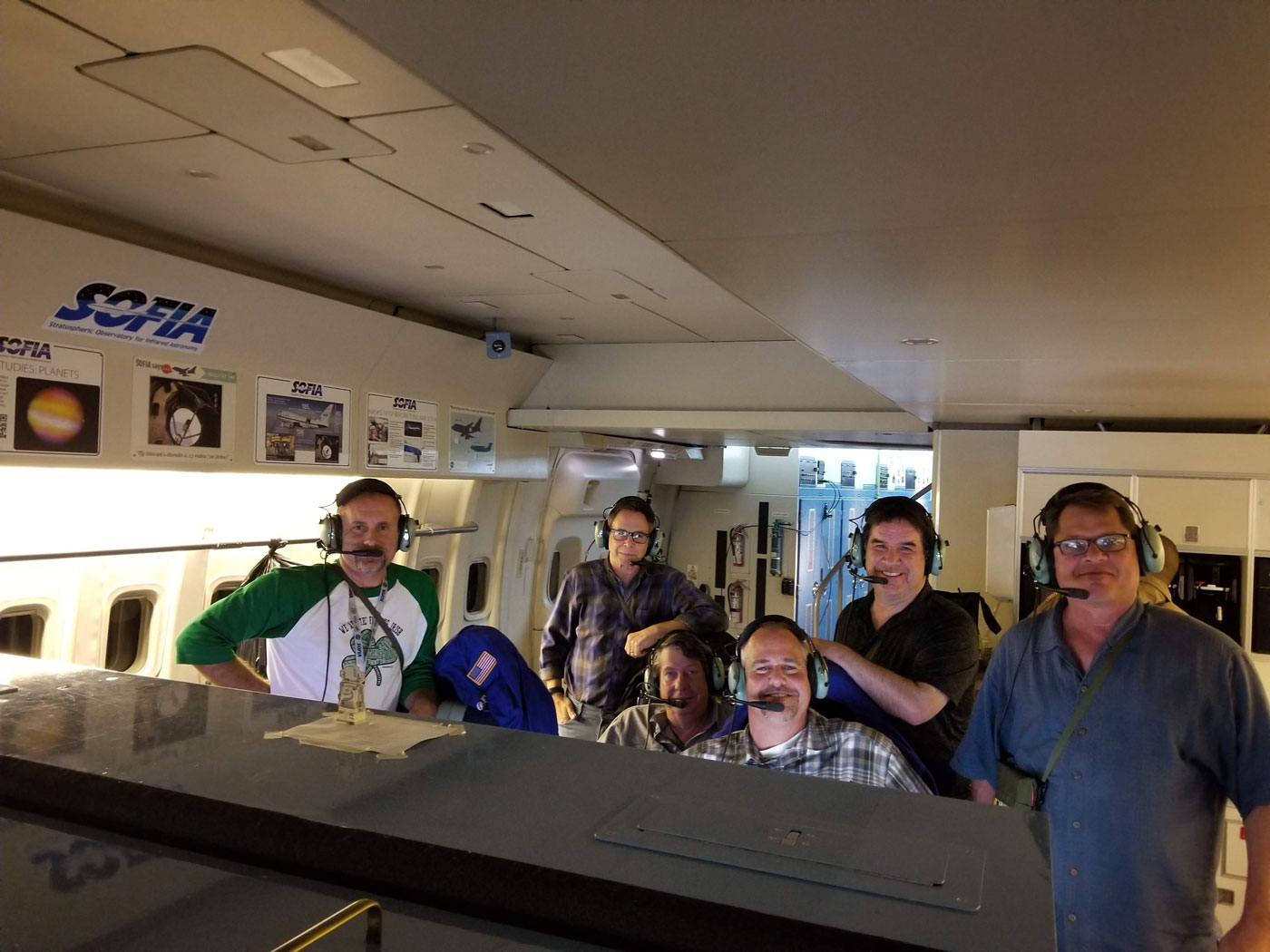
The AAA teachers received instructive tours of the SOFIA Science Instrument labs & Mirror Coating Facility, and met with NASA SOFIA Program manager Eddie Zavala during their flight week. The teachers conversed with NASA astrophysics, planetary science, and engineering experts both on the ground and onboard SOFIA, gaining insight for their students regarding the many specialties that come together to make a major NASA mission like SOFIA successful.
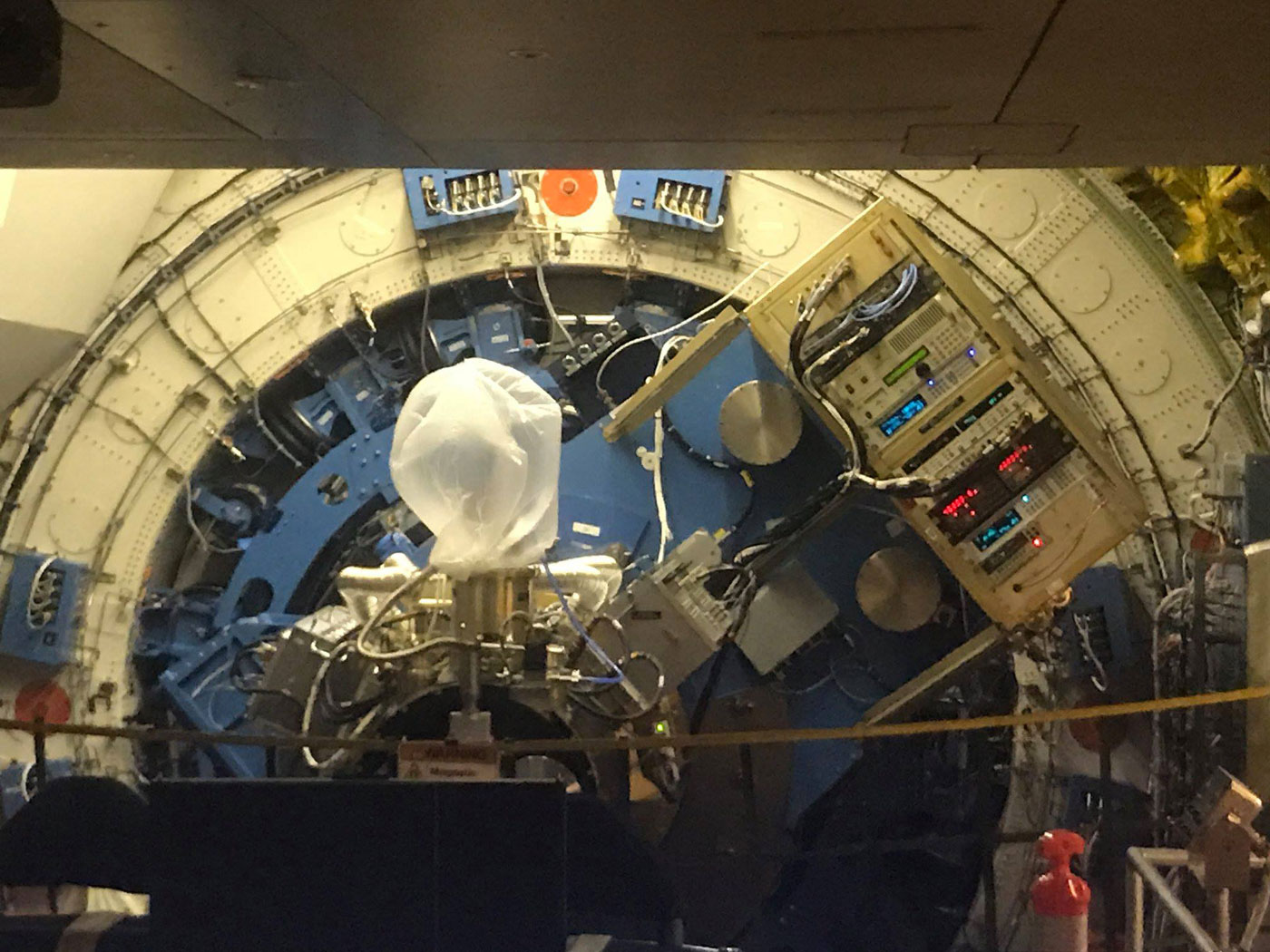
The HAWC+ (High-resolution Airborne Wideband Camera-Plus) instrument was mounted on SOFIA’s telescope during both flights. Cooled to an operating temperature of 0.17 degrees C above absolute zero by a specially-designed solid-state refrigerator, the HAWC+ camera makes images in far-infrared polarized light. Those images allow investigations, for example, of the role of interstellar magnetic fields in controlling the rate of star formation. Scientific targets doing the two flights included interstellar clouds and star-forming regions in the Milky Way, Crab Nebula supernova remnant, and distant "starburst" galaxies.
“SOFIA enables teachers to work with scientists and to experience a flight mission on the world’s largest airborne observatory. Educators then take their experiences back to their classrooms,” said Dana Backman, SETI Institute Principal Investigator for the AAA program. “The teachers can relate the excitement, hardships, challenges, discoveries, teamwork, and educational values of SOFIA and scientific research to students, teachers, and the general public.”
Ambassador teacher Kevin Dwyer from Anaheim said, “The week was a great experience - a once-in-a-lifetime experience. Many thanks to the AAA staff and all the SOFIA scientists for sharing your knowledge and passion with us. My first day back my students were full of questions....it was like getting to relive it again.”
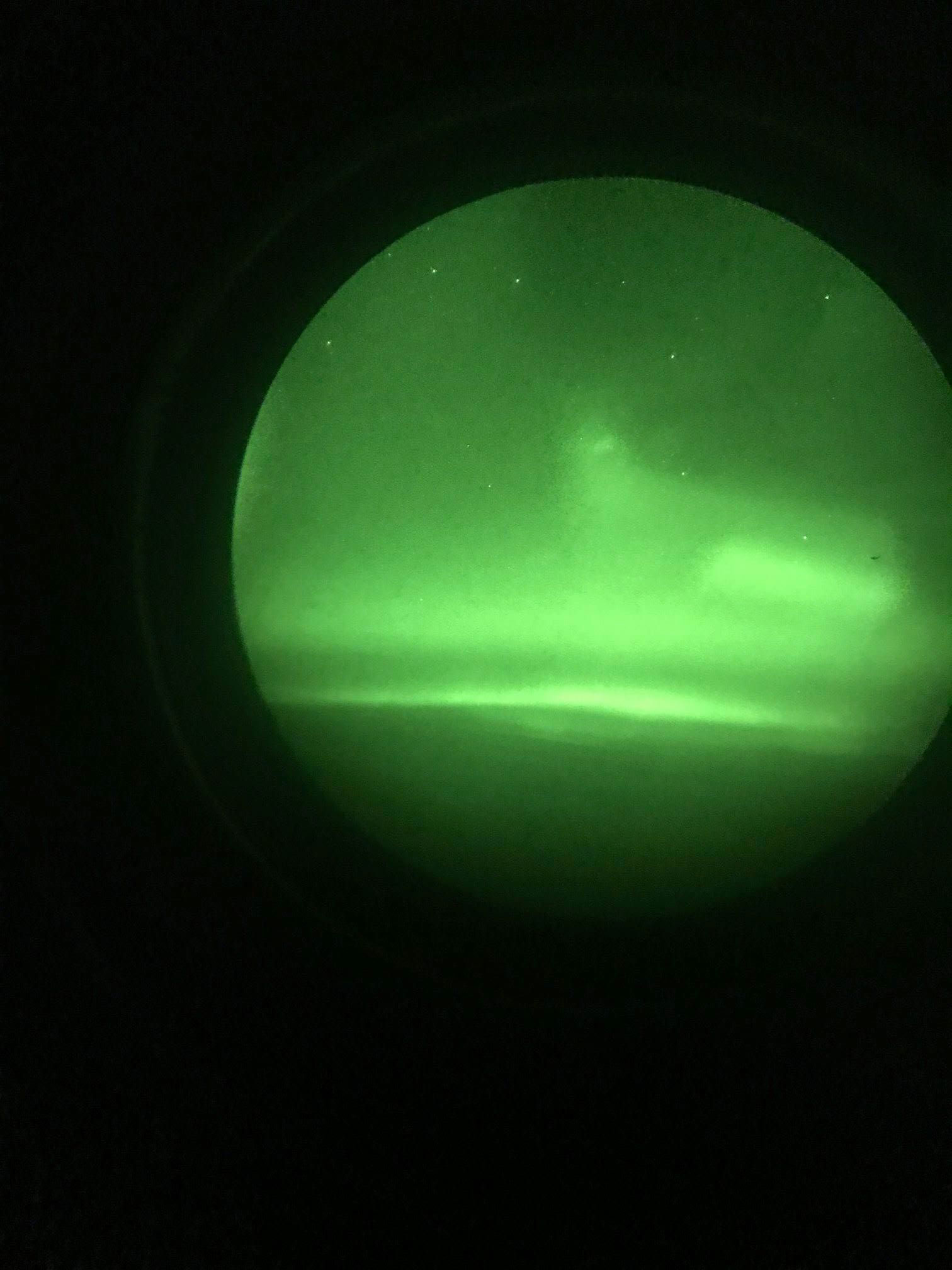
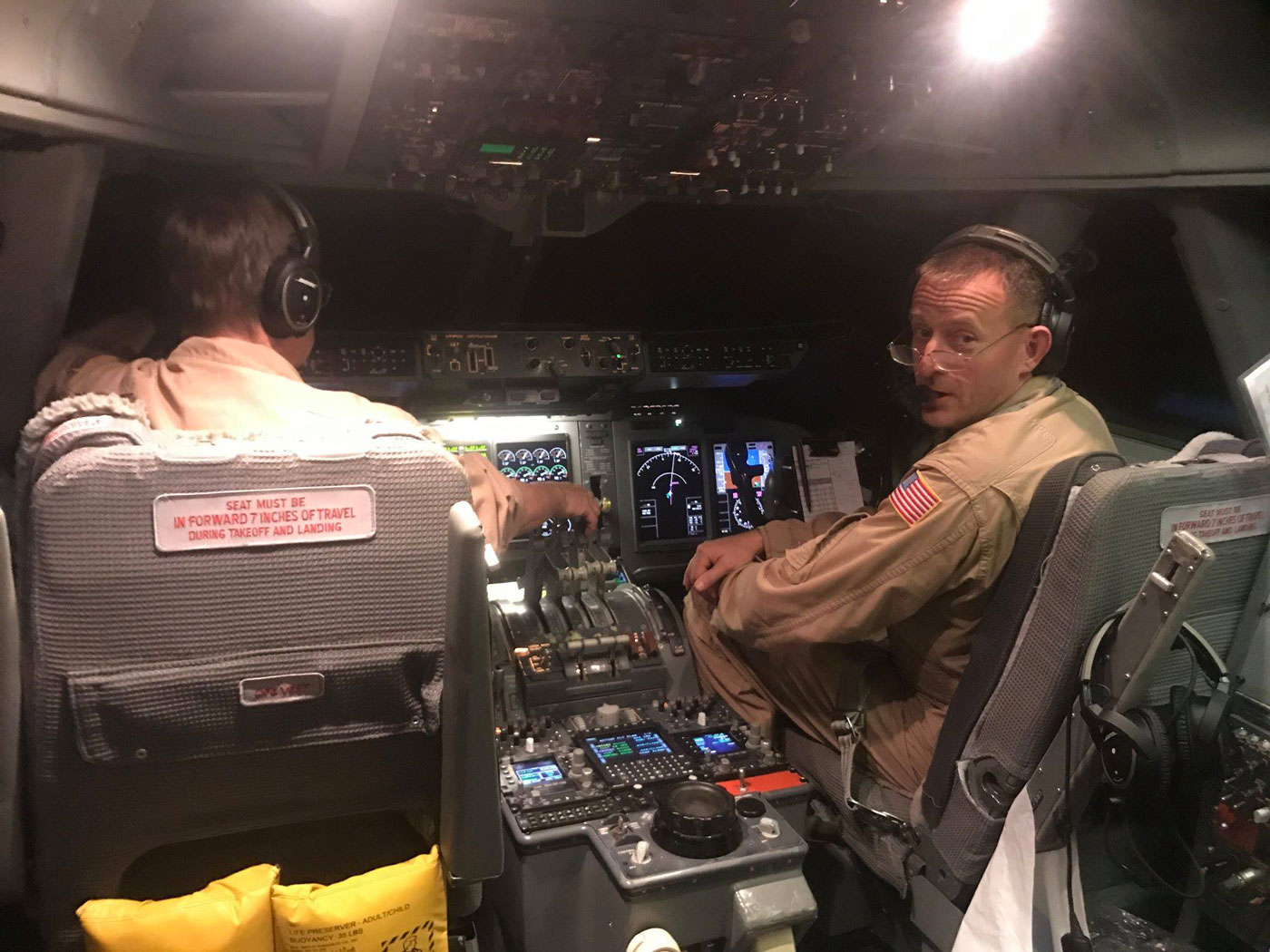
In total, 15 ambassadors will fly during SOFIA’s science observing Cycle 6 (2018). AAA educator applications for the next Cycle (flights during 2019) are open from September 17 through November 9, 2018. Applications will only be accepted from teachers in districts listed on the application form that have established Memoranda of Understanding with the SETI Institute.
The application form can be found here: https://www.seti.org/aaa.
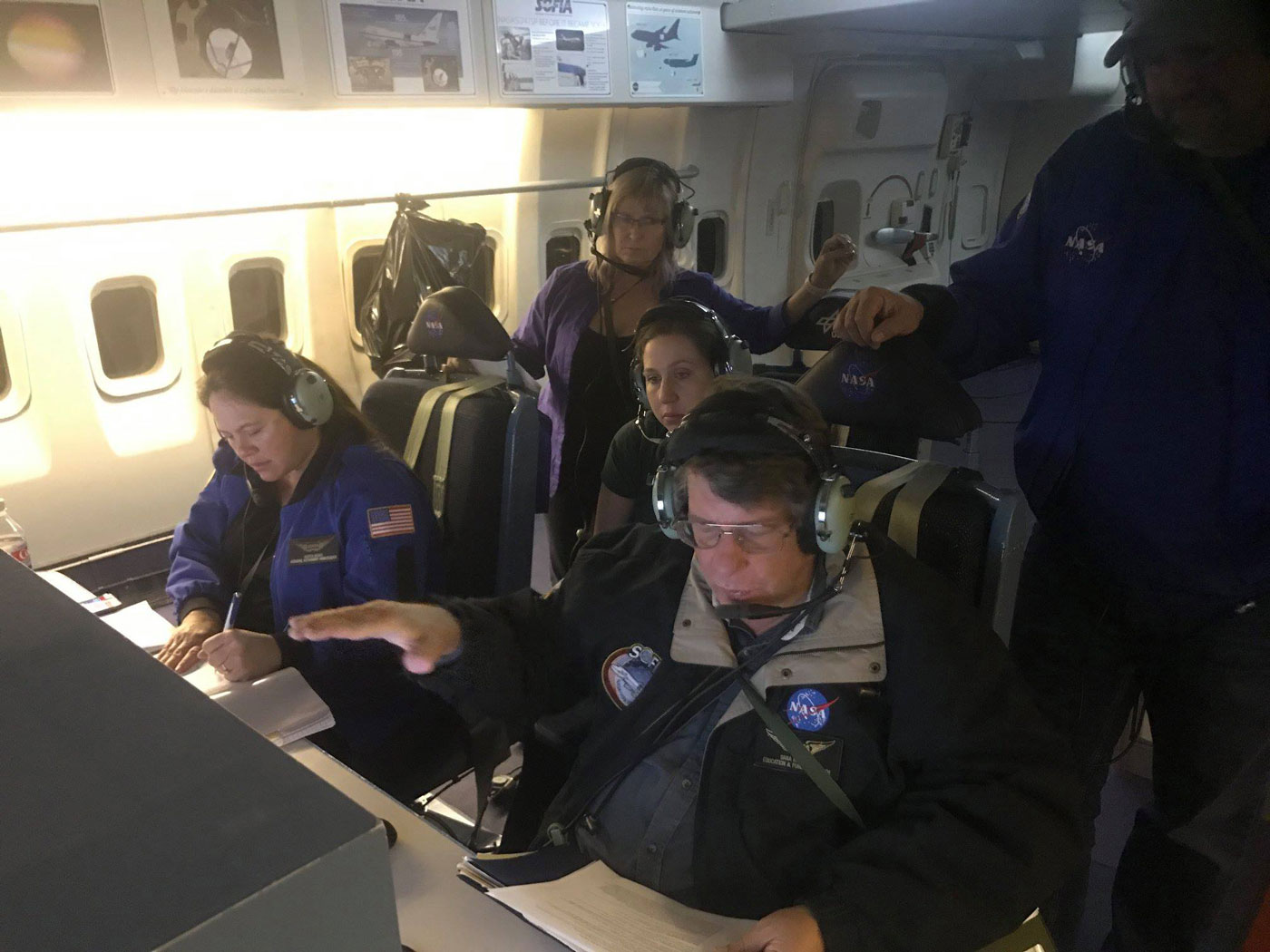
About the Airborne Astronomy Ambassadors Program
The Airborne Astronomy Ambassadors (AAA) program is designed to measurably enhance student STEM achievement and engagement in selected school districts via professional development for high school science teachers. AAA participant professional development consists of training in astrophysics and planetary science content as well as a week-long STEM immersion experience at NASA’s science research aircraft facility in Palmdale, California, including participation in research flights on the Stratospheric Observatory for Infrared Astronomy (SOFIA). Post-flight, AAA program staff then help participant teachers implement a NASA science-oriented electromagnetic spectrum and infrared astronomy curriculum module, developed by the SETI Institute, in their classrooms.
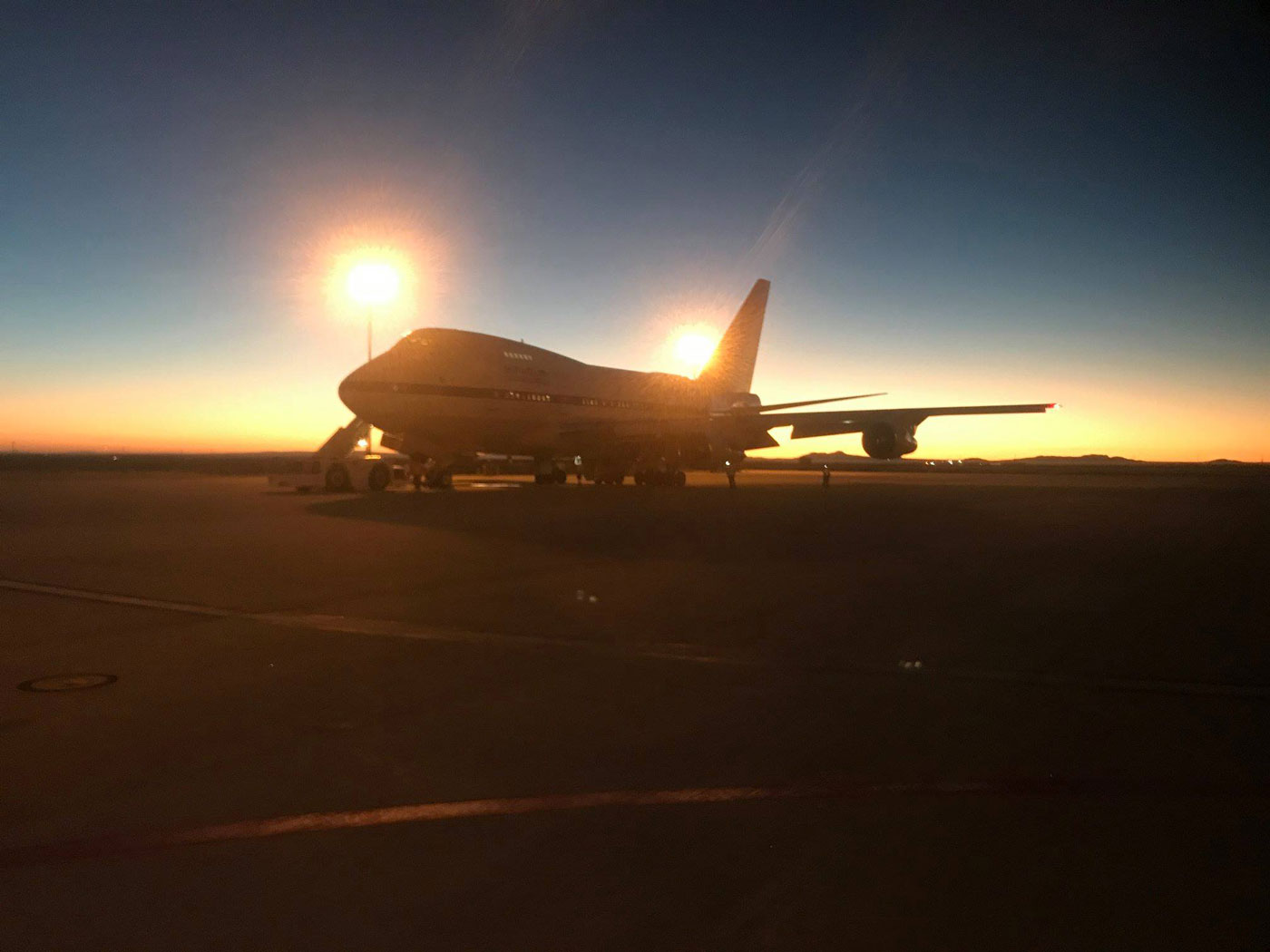
SOFIA back-lit by dawn light after a successful science mission. (K. Dwyer / AUHSD)
AAA is funded by NASA SMD NNX16AC51A





